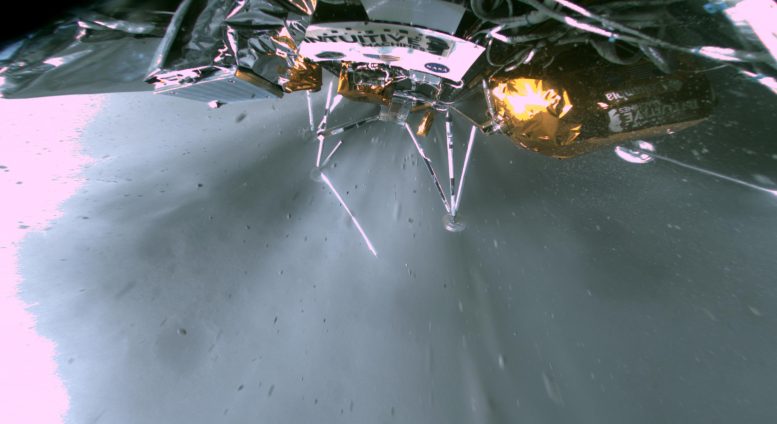
Odysseus’ landing captured a leg, as it performed its primary task, absorbing first contact with the lunar surface. With the lander’s liquid methane and liquid oxygen engine still throttling, it provided stability. Credit: Intuitive Machines
NASA and Intuitive Machines have provided updates on the challenges and successes of the IM-1 mission, marking the first U.S. lunar landing since Apollo 17. This groundbreaking mission successfully collected over 350 megabits of science data, offering unprecedented insights into the Moon’s South Pole region. It also showcased significant advancements in landing precision and payload operation, setting new benchmarks for future lunar exploration.
NASA and Intuitive Machines co-hosted a news conference today, February 28, to provide a status update on the six NASA instruments that collected data on the IM-1 mission.
Mission challenges and successes were discussed during the briefing including more than 350 megabits of science data downloaded ready for analysis. During transit, all powered NASA payloads operated and received data. During descent and landing, guidance and navigation data was collected that will help improve landing precision in the future, and all three payloads that were designed to operate on the surface have received data.
The first images from the lunar surface are now available and showcase the orientation of the lander along with a view of the South Pole region on the Moon. Intuitive Machines believes the two actions captured in one of their images enabled Odysseus to gently lean into the lunar surface, preserving the ability to return scientific data. After successfully transmitting the image to Earth, there is additional insight into Odysseus’ position on the lunar surface.
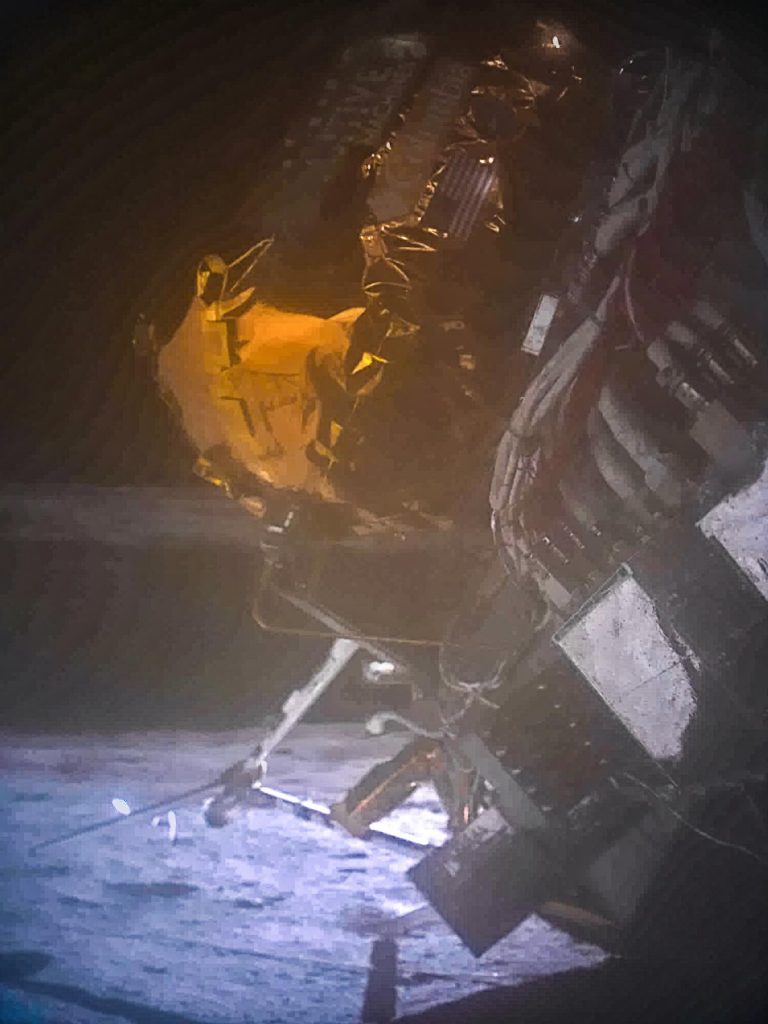
Taken on Tuesday, February 27, Odysseus captured an image using its narrow-field-of-view camera. Credit: Intuitive Machines
On February 22, NASA science instruments and technology on board Intuitive Machines’ Nova-C lander, called Odysseus, landed on the Moon’s South Pole region, marking the United States’ first return since Apollo 17. This was also the first landing as part of the agency’s CLPS (Commercial Lunar Payload Services) initiative — transmitting valuable science data of each NASA payload from the lunar surface.
Additional updates can be found by watching the news conference here:
NASA and Intuitive Machines give an update from Johnson Space Center in Houston to highlight the company’s first mission, known as IM-1.
The lander, called Odysseus, carried six NASA science instruments to the South Pole region of the Moon as part of the agency’s Commercial Lunar Payload Services (CLPS) initiative, and Artemis campaign. The IM-1 mission is the first U.S. soft landing on the Moon in more than 50 years, successfully landing on February 22, 2024.
Participants in the news conference include:
- Joel Kearns, deputy associate administrator, Exploration, Science Mission Directorate, NASA Headquarters in Washington
- Sue Lederer, CLPS project scientist, NASA Johnson
- Steve Altemus, chief executive officer and co-founder, Intuitive Machines
- Tim Crain, chief technology officer and co-founder, Intuitive Machines


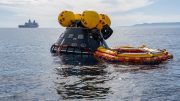
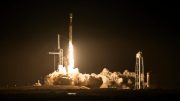
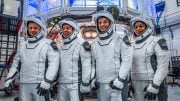

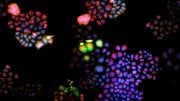
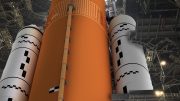

Be the first to comment on "Precision and Peril: Stunning New Image of Intuitive Machines Odysseus Landing on Moon"